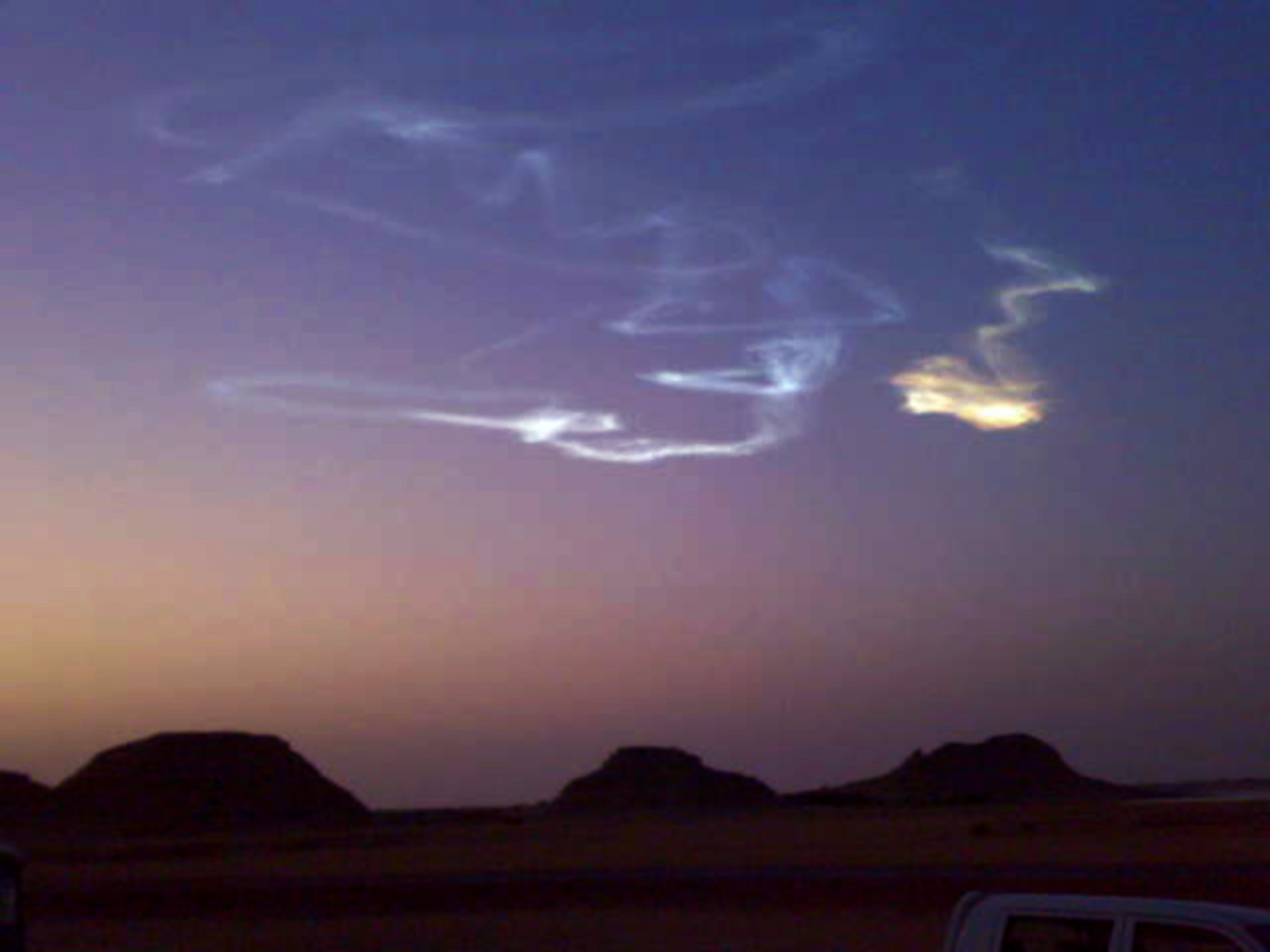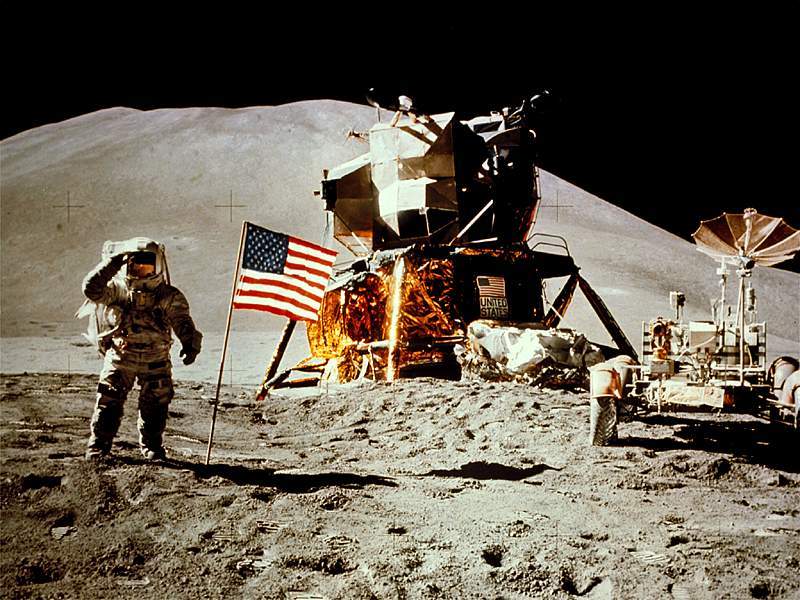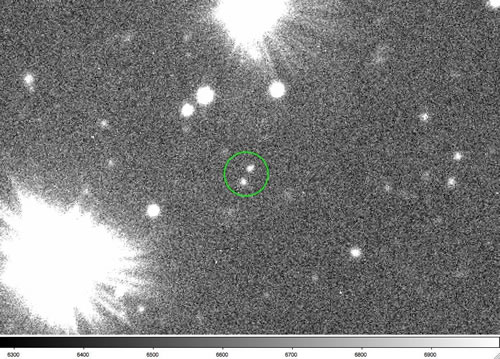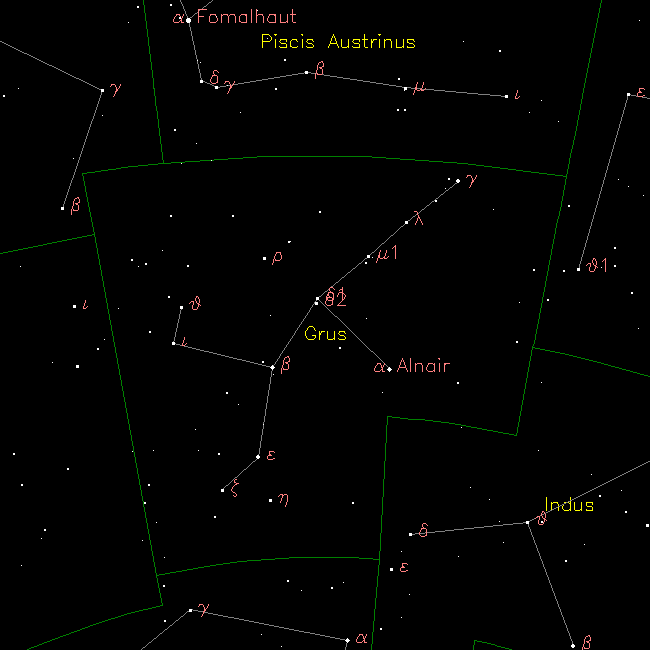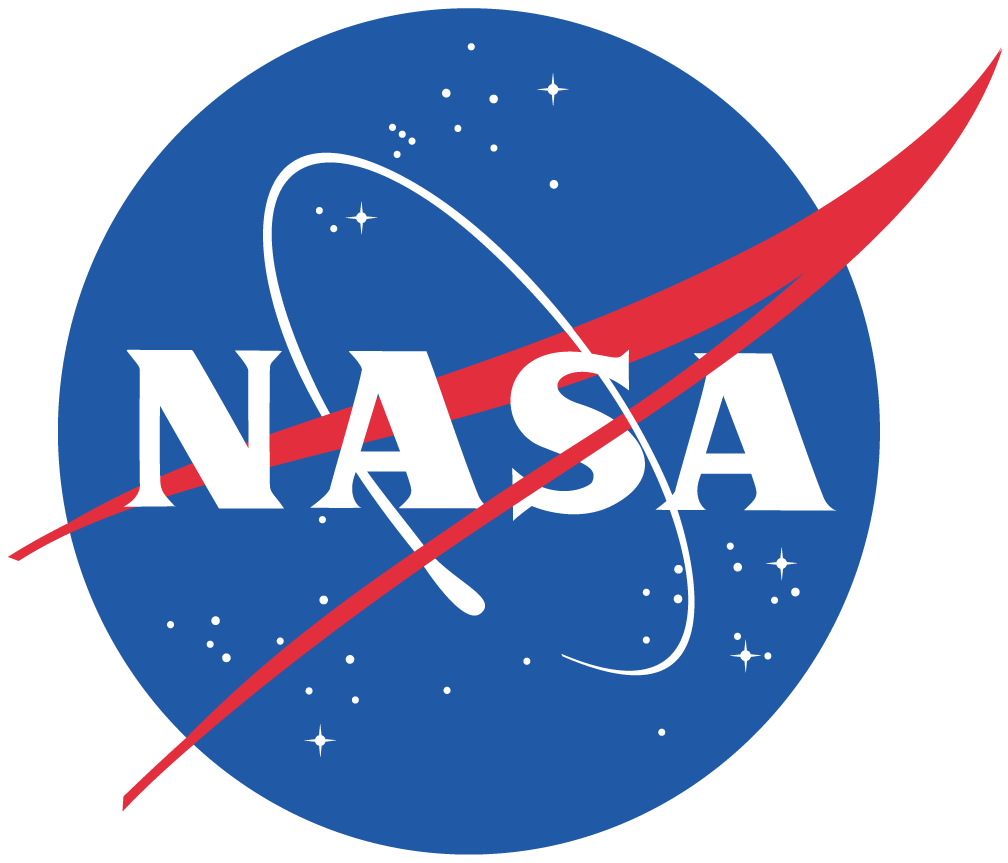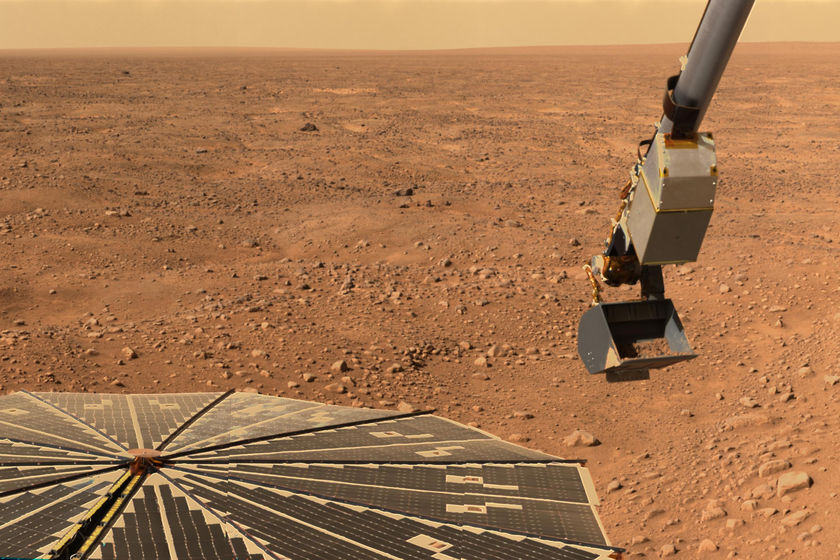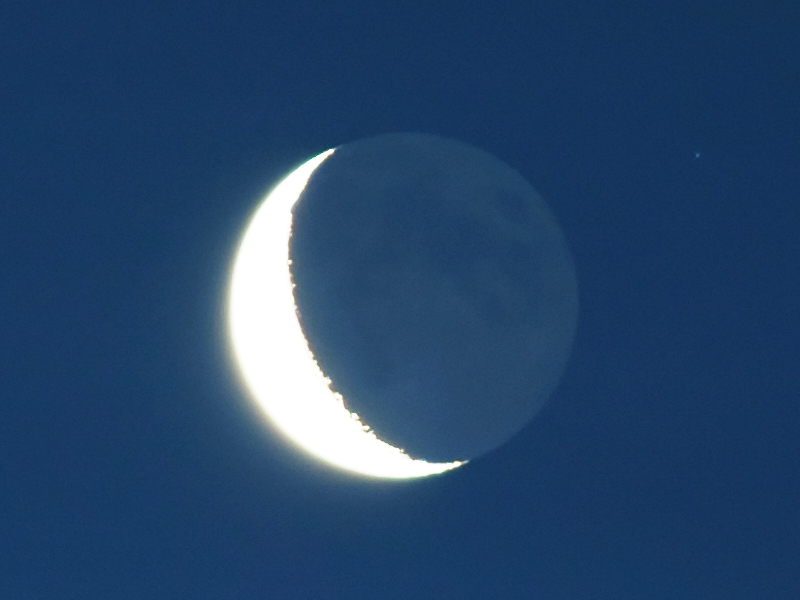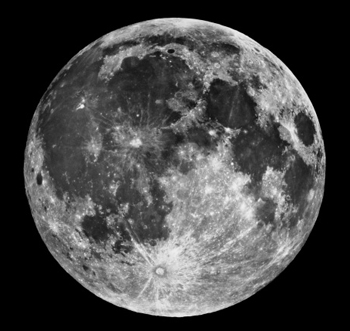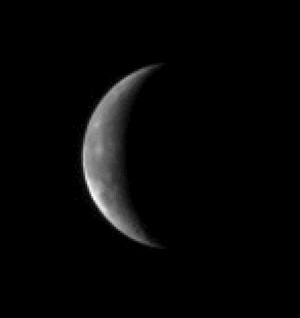[/caption]
A month after asteroid 2008 TC3 hit the Earth’s atmosphere, the first ground-based image of the event has surfaced on the Internet. Admittedly, it’s not the fireball everyone has been waiting to see, but it is visual evidence that something hit us above Sudan on October 7th. The image above was taken from a frame of video that was being recorded by Mr. Mohamed Elhassan Abdelatif Mahir in the dawn following the asteroid impact with the atmosphere. The smoky feature is the remnant of the fireball as the 3 meter-wide asteroid blasted through the upper atmosphere, eventually exploding. The long-lasting persistent train is seen hanging in the air, high altitude winds causing it to twist in the morning sunlight.
We may not have a dazzling fireball re-entry video of 2008 TC3, but this striking image provides the first ground-based evidence of the direct hit, and may help refine the search for any meteorites from the disintegrated asteroid…
Although details are sketchy, it would appear that a person on the ground observed the skies of Sudan shortly after 2008 TC3 exploded in the upper atmosphere. It is unclear whether the observer was part of a meteorite-hunting team, or a Sudanese resident videoing the scene, but it is very fortunate he captured this footage. Dr. Muawia H. Shaddad of the University of Karthoum communicated this single frame, and the picture is being showcased as the November 8th NASA Astronomy Picture of the Day.
It is currently the only ground-based evidence that something hit the Earth at the right time and right location as predicted by scientists using the Mount Lemmon telescope in Arizona as part of the NASA-funded Catalina Sky Survey for near-Earth objects. However, as Nancy reported on October 13th, indirect support for an atmospheric fireball came from a webcam on a beach in Egypt. Also, at 02:43 UTC on that Tuesday morning, an infrasound array in Kenya detected an explosion in the atmosphere (with an energy equivalent of 1.1–2.1 kT of TNT). These observations were backed up by the European weather satellite METEOSAT-8, capturing the fireball from orbit. The pilot of a KLM airliner also witnessed a bright flash, 750 miles from the impact location.
This was the first time that an asteroid has been discovered before it hit the Earth, thereby proving an early-warning system for future asteroid impacts is possible. Although there are 5-10 space rock collision events per year, this is the first time we knew something about it before it happened. This is an amazing achievement as 2008 TC3 was only 3 meters in diameter.
To aid the search for any 2008 TC3 debris, SpaceWeather.com is hoping this image of the aftermath of the October 7th impact will jog any potential witness memories of the African skies a month ago:
Readers, were you in Sudan on Oct. 7th? Send your fireball reports and photos to meteor expert Peter Jenniskens of the SETI Institute. Your data could improve the chances of recovering meteorites.
Sources: SpaceWeather.com, Astroengine.com, NASA APOD

